As lab-grown diamonds are created in a controlled laboratory environment, they are free from conflicts and uphold social responsibility.
Lab-grown diamonds possess identical physical, chemical, and optical characteristics as mined diamonds.
Lab-grown diamonds provide exceptional value and are typically more cost-effective than natural diamonds of similar size and quality.
Lab-grown diamonds are virtually indistinguishable from natural diamonds. However, instead of forming deep within the Earth's crust, these diamonds are produced in controlled laboratory settings that mimic the natural diamond-creating process. This allows for the creation of stunning rough diamonds in just a few weeks, a stark contrast to the billions of years required for natural diamonds to form.
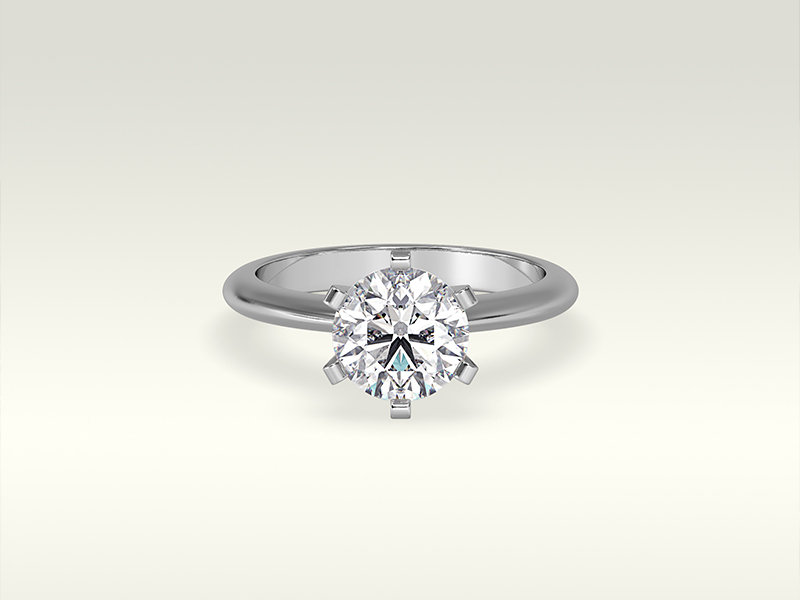
Opting for lab-grown diamonds offers several advantages over choosing mined diamonds. Since they are not sourced from conflict regions, lab-grown diamonds have a lower social impact, and by incorporating these diamonds into the market, consumers can contribute to eradicating the blood diamond trade.
Beyond their exceptional beauty, lab-grown diamonds are free from the ethical concerns associated with traditional mining.
When you purchase lab-grown diamonds from The Carat Creations, you are investing in responsible luxury. We offer an extensive collection of loose conflict-free diamonds, as well as ethical diamond jewelry, including lab-grown diamond rings, earrings, and necklaces. With The Carat Creations, you are just a click away from finding stunning and socially responsible gems for yourself and your loved ones.
Now that you understand what lab-grown diamonds are, you might be curious about how we can produce genuine diamonds in a laboratory setting.
To explain this, let's compare it to how natural diamonds are formed.
Natural diamonds take billions of years to develop. This process happens when carbon deposits deep within the Earth are subjected to intense heat and pressure, causing the carbon atoms to bond and gradually crystallize over time.

A lab-grown diamond is cultivated using advanced technology that mirrors the natural diamond growth process, albeit within a few weeks. As a result, the diamond produced is chemically, optically, and physically identical to diamonds formed deep within the Earth's crust.
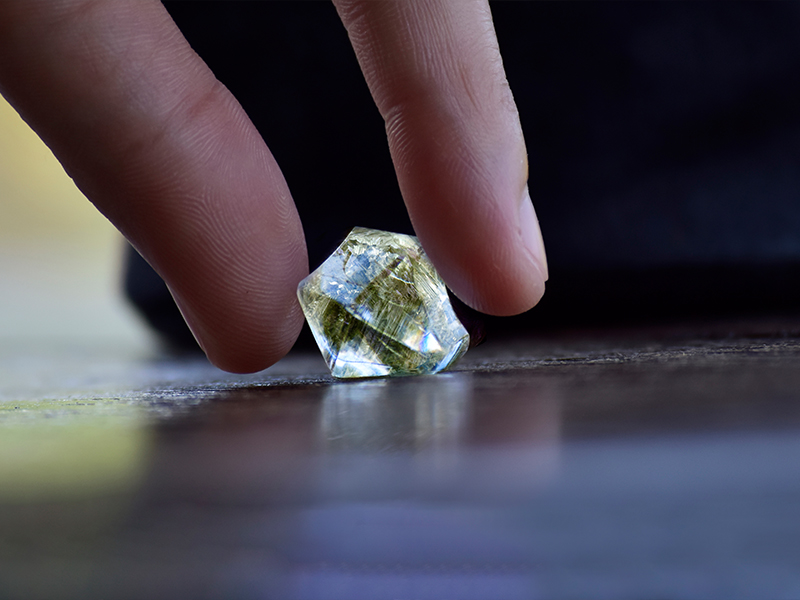
A lab-grown diamond is created using advanced technology that replicates the natural diamond formation process.
As a result, the diamond produced is human-made but is chemically, optically, and physically identical to a mined diamond.
Understanding Diamond Growth and Surface Treatment Methods
When it comes to creating lab-grown diamonds, there are two primary methods: HPHT (High Pressure High Temperature) and CVD (Chemical Vapor Deposition). Another technique, PVD (Physical Vapor Deposition), is often mentioned but serves a different purpose.
Process: Mimics the natural conditions deep within the Earth’s mantle. A small diamond seed is subjected to extreme pressure and high temperatures, encouraging crystal growth.
Outcome: Produces high-quality diamonds with excellent clarity and Colour, closely resembling natural diamonds.
Process: Involves placing a diamond seed in a vacuum chamber filled with a carbon-rich gas. When heated, carbon atoms deposit onto the seed, forming a diamond layer by layer.
Outcome: Allows for precise control over the diamond’s quality, enabling the production of large, high-purity stones.
No, PVD is not used to grow diamonds. Instead, it is a surface treatment technique used to apply a thin coating of diamond-like carbon or diamond film onto materials. Commonly used in tools, electronics, and jewelry, PVD enhances surface durability, hardness, and appearance, but it does not produce actual diamonds like HPHT or CVD methods do.
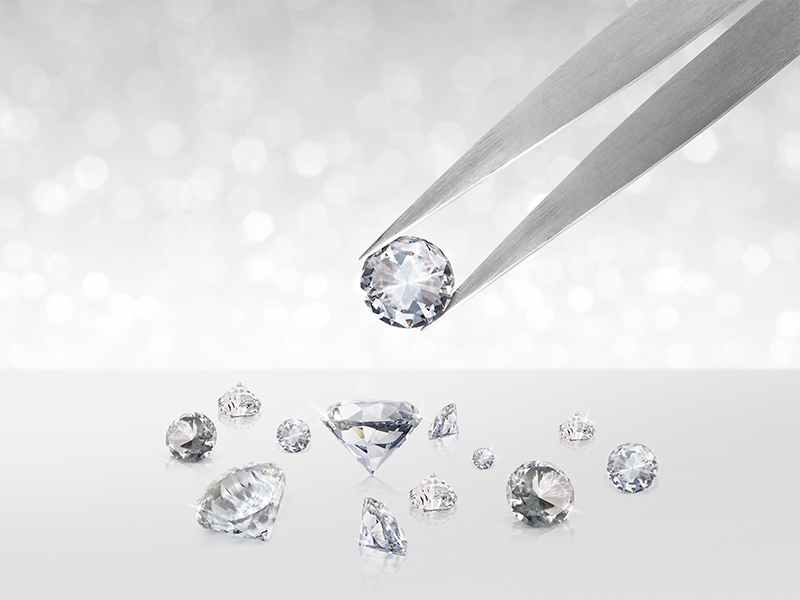
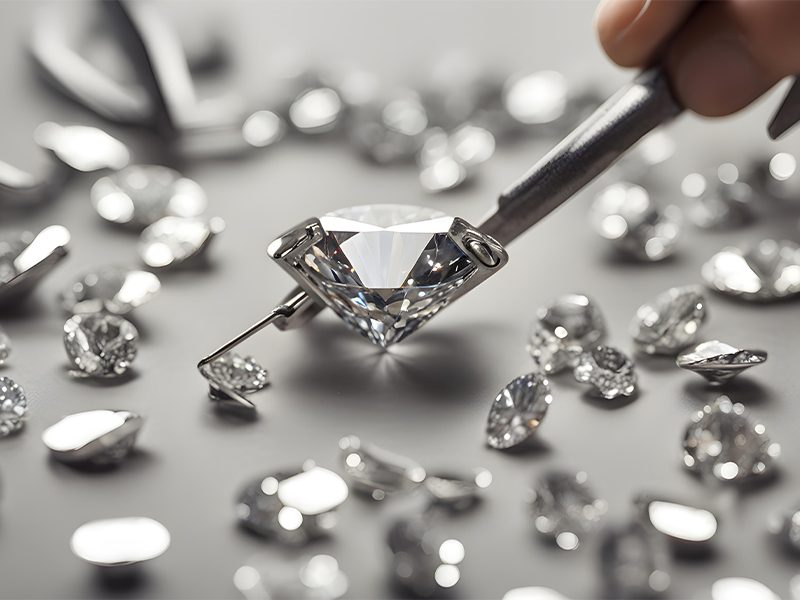
Ultimately, there are numerous reasons why lab-grown diamonds are a superior and ethically luxurious choice. Beyond their exceptional beauty, they eliminate the harmful effects of surface mining and are conflict-free, making them undeniably appealing.
We offer a wide range of loose diamonds for you to explore. With just one click, you can discover stunning and eco-friendly gems for your loved ones.
Lab-grown diamonds are sometimes confused with other white gemstones such as moissanite or cubic zirconia, but it's important to note that lab-grown diamonds are genuine diamonds in every aspect. Both natural and lab-grown diamonds share identical physical, chemical, optical, and atomic properties.
As a result, they are graded by certified gemological institutes using the same criteria applied to naturally mined diamonds. This includes assessing parameters like color grade, carat weight, clarity grade, and cut grade, all of which are documented in a diamond certificate.
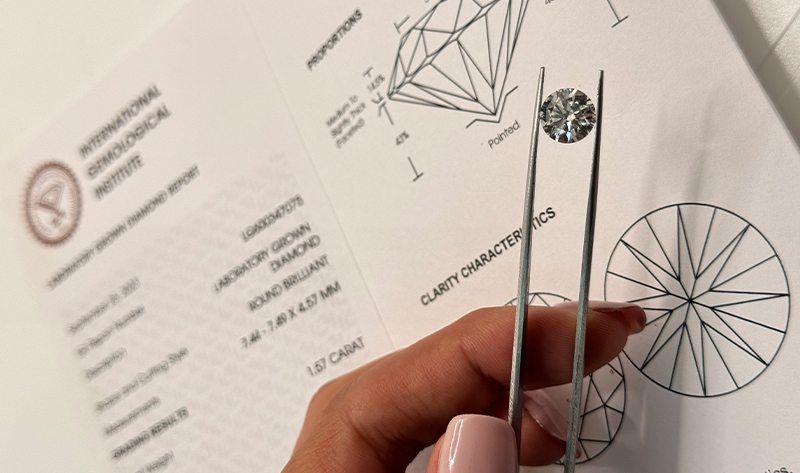
The Gemological Institute of America (GIA) and the International Gemological Institute (IGI) are highly reputable grading laboratories renowned for their independent certification of diamonds.